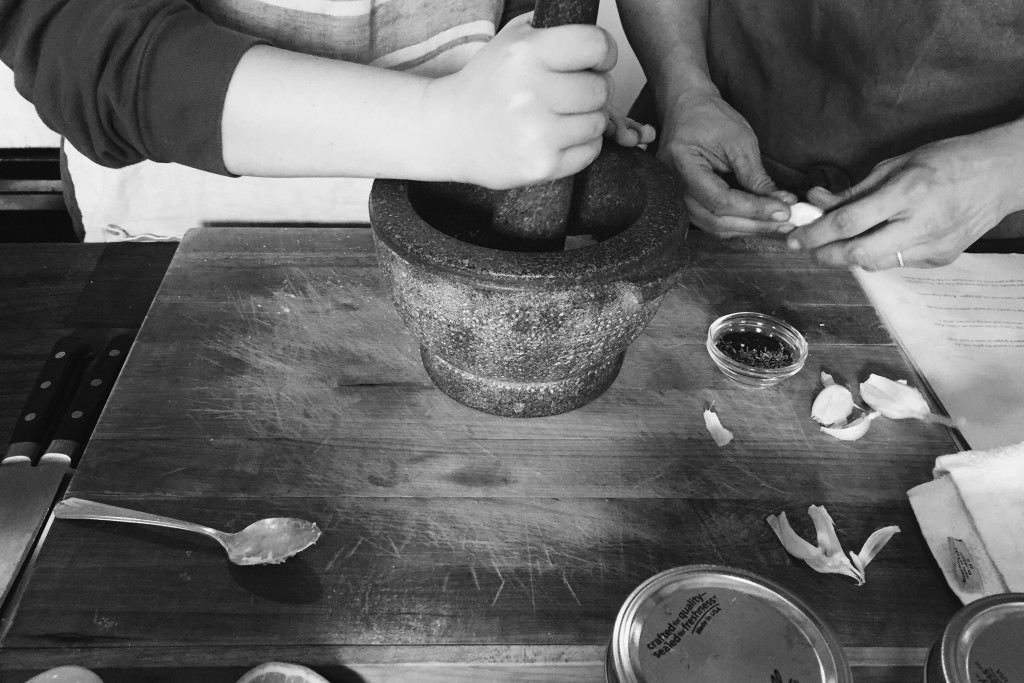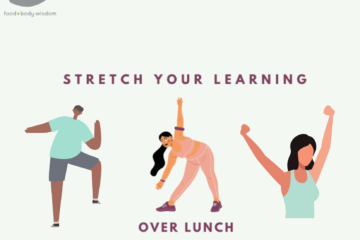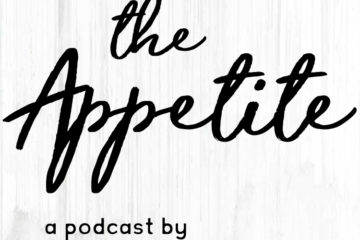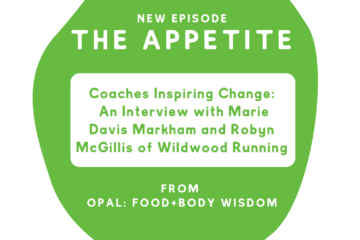 I cried (tears of joy) the first time I went to The Pantry. This beautifully simple and cozy kitchen, tucked behind the famed Seattle pizza restaurant, Delancey, was a stark contrast and much needed breath of fresh air from the kitchen environment at Opal where I spend most of my time.
I cried (tears of joy) the first time I went to The Pantry. This beautifully simple and cozy kitchen, tucked behind the famed Seattle pizza restaurant, Delancey, was a stark contrast and much needed breath of fresh air from the kitchen environment at Opal where I spend most of my time.
Don’t get me wrong, I love the Opal kitchen. It is a place that holds some of the most tender and heart-wrenching moments for my clients. It’s a place of joy, sorrow, gratitude, and grief. I believe that the kitchen is the heart of Opal. It’s “where the magic happens.”
At Opal, many of our clients experiment with the idea of enjoying food. Pleasure and enjoyment are discussed at great lengths in nutrition sessions, groups, and are even expressed at meals. One of the greatest joys of my job is witnessing someone who is struggling with an eating disorder rediscover their enjoyment of food.
The thing that sets The Pantry apart from Opal’s kitchen, however, the thing that is so refreshing about it, is that there is no question about how essential and delightful food is. There is no question about how important food is in bringing people together and in feeling connected to others. There is no question that food is something to be lovingly prepared, tasted, shared, and elated over. At Opal, there is experimentation and discovery of these things. At The Pantry, everyone already knows.
The Pantry is a cooking school, generally speaking, and it’s so much more. They call themselves a “community kitchen” and host cooking classes, dinners, and workshops on everything from food writing to butchery. The Pantry is like salt to Opal’s pepper; a like-minded business serving vastly different populations. It only felt natural to partner in some way. Soon after my discovery of this magical place, and with the persistence of my friend, co-worker, and fellow Pantry fan, Kelsey Johnson, they invited us to bring clients there for a private class.
At this class, we made four different types of soup. Knife skills were taught and practiced as we prepped the produce for the class. I watched the clients study their onions, carrots, and celery and then use their new skills to safely and swiftly cut them into pieces. Before I knew it, there were four different broths simmering on the stove. Clients lined up with tasting spoons to smell and taste each broth and we discussed how to adjust the flavors of each one, what to add to give the soup an “umami” flavor, and when to add salt, sweet, or spice into the mix to strike a nice balance.
In this class, we all seemed thankful that the conversation revolved around making food that tastes good. The Pantry was a place where these clients in recovery could leave some of their food judgments at the door. Instead, the focus was on tasting, smelling, layering flavors, and trying new ingredients. We ate a lunch of each of the four soups, without mention of the exchanges or meal plans that usually sprinkle through our mealtime conversations at Opal. For those struggling with eating disorders, be it anorexia or bulimia or other types of disordered eating, to enjoy food often seems like an unobtainable feat. I was surprised by the ease with which the clients ate that day at The Pantry, though. Many even said that it was the best food they had ever tasted. I think that the food-positive atmosphere and the spirit of Kristin, our teacher for the day, were just as nourishing to their souls as the food was to their bodies. Our clients are taking brave steps every day towards recovery and their experiences at The Pantry were nothing short of courageous.
– Simone Pierson, RDN, CD
(Photos by Kelsey Johnson, MA, LMHC)




1 Comment
site web · October 26, 2015 at 11:59 am
Aw, this was a really good post. Taking the time and actual
effort to generate a superb article… but what can I say… I put things off a lot and
don’t seem to get anything done.